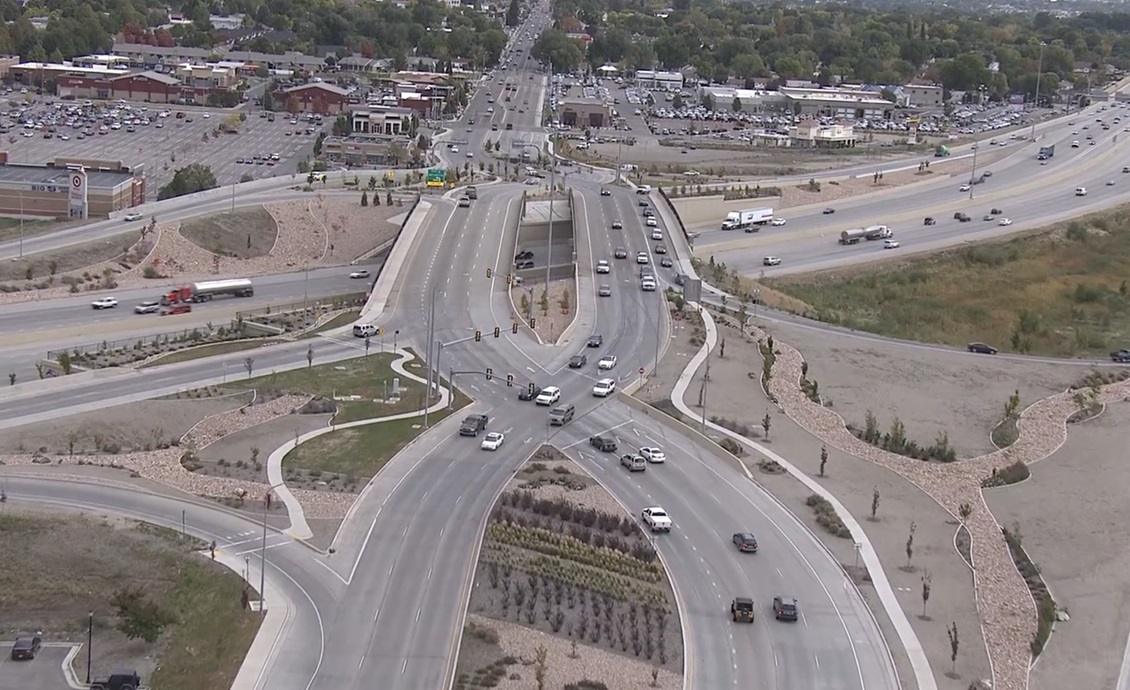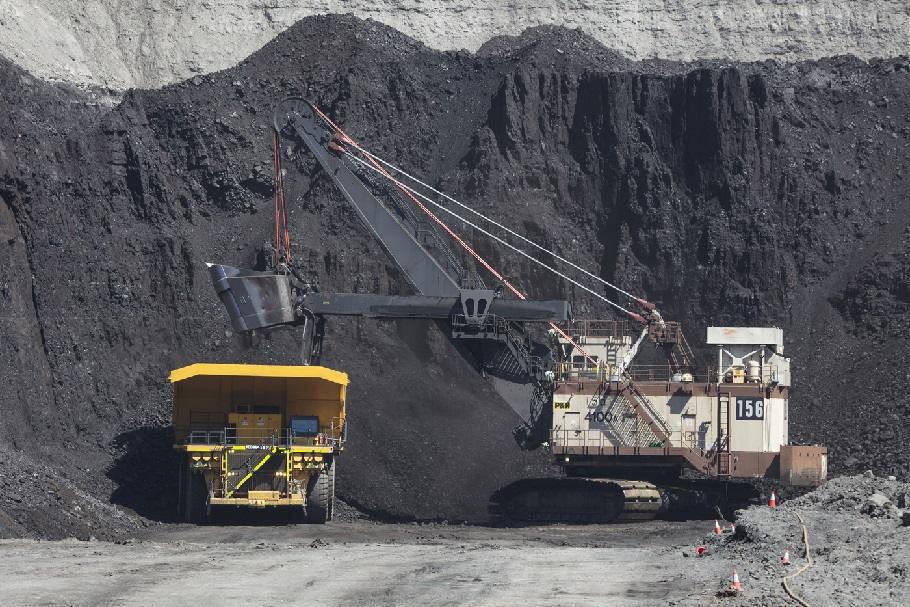Biden Administration Launches Zero Emissions Infrastructure Deployment Strategy to Decarbonize Freight Sector
The Biden administration announced the launch of the National Zero-Emission Freight Corridor Strategy, aimed at guiding the deployment of zero-emission medium- and heavy-duty vehicle (ZE-MHDV) charging and hydrogen fueling infrastructure through 2040.
Decarbonizing the transportation sector will play a central role in achieving the U.S.’ climate goals, including targets set by the Biden administration to achieve net zero by 2050, and to reduce economy-wide greenhouse gas (GHG) emission by 50-52% in 2030.
Transportation accounts for around a third of the U.S.’ domestic GHG emissions, with medium and heavy-duty trucks accounting for nearly a quarter of the sectors’ emissions footprint. The new announcement follows the launch last year by the administration of the U.S. National Blueprint for Transportation Decarbonization, its multi-department set of strategies and actions aimed at eliminating nearly all emissions from the U.S. transportation sector by 2050, which included investments in infrastructure as a key action area. The U.S. has also set goals to promote at least 30% ZE-MHDV sales by 2030 and 100% by 2040.
The new strategy, developed by the Joint Office of Energy and Transportation and U.S. Department of Energy (DOE), in collaboration with the Department of Transportation (DOT) and the Environmental Protection Agency (EPA), aims to focus deployment of ZE-MHDV infrastructure on areas with substantial freight volume, starting with areas with the most opportunity to spark further investment, with deployment factors considered including corridor segment usage by freight volume, port usage by annual freight tonnage, projected ZE-MHDV volumes, disproportionate environmental and air quality burden from MHDV transportation, states with policies that enable zero-emission vehicle deployment, and “on the ground” planning through DOE’s commercial ZEV corridor planning grants.
National Climate Advisor Ali Zaidi, said:
“This is a big move to deliver environmental justice – 75% of heavy truck traffic travels on just 4% of our nation’s roads, jeopardizing the health of our most vulnerable communities. President Biden’s historic investments in zero-emission infrastructure on those high-traffic roads and the hubs they connect will rapidly transform freight transport in the U.S. and strengthen American innovation.”
The strategy outlines four phases for the deployment of ZE-MHDV infrastructure along the U.S.’ key freight corridors, including establishing priority hubs based on freight volumes (2024-2027), connecting hubs along critical freight corridors (2027-2030), expanding corridor connections initiating network development (2030-2035), and national network by linking regional corridors for ubiquitous access (2035-2040). By the end of phase 4, the strategy envisions 49,000 miles, or 94% of the National Highway Freight Network prioritized under the plan to support investment in charging and hydrogen refueling, representing “the opportunity to decarbonize goods movement for more than 2.3 billion in annual commodity tonnage.”
Gabe Klein, Executive Director of the Joint Office of Energy and Transportation, said:
“Communities around the country will benefit from zero-emission freight decarbonizing transportation while continuing to support a vibrant economy. Today’s announcement aligns government, industry, and utilities to support the planning and action needed for a national zero-emission freight fueling network that benefits all Americans.”
Click here to access the strategy.





